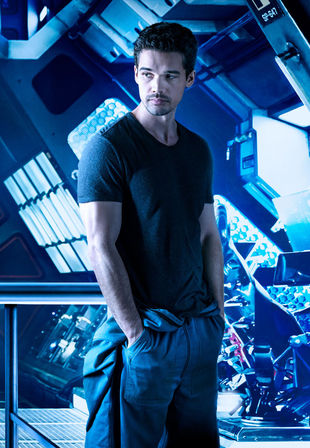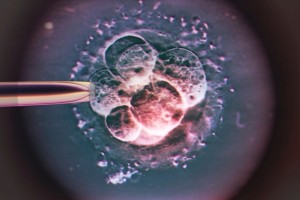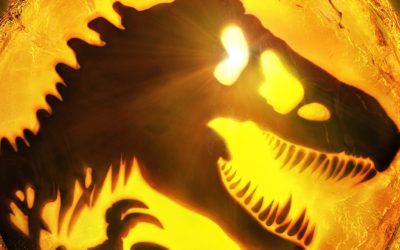Whether you read the novels or watch the SyFy series based on them, you know who James “Jim” Holden is in The Expanse – captain of the Rocinante, more than friends with his Executive Officer, Naomi Nagata, and the product of a few parents. Which can be odd…at least when seen through our 21st century eyes.
(slight spoilers for Jim Holden’s character on The Expanse ahead…and if you’re not watching it, you really should be.)
Holden was born on earth – in a Montana co-op where he had five fathers and three mothers. One of the three, Elsie, actually gave birth to Holden and played the major role in raising him as a baby, but Holden’s DNA – it’s a blend of all eight parents (eight parents allowed the group a tax break and 22 acres of farmland in Montana.)
The idea of more than two biological parents has bounced around in science fiction for a while now, appearing in Star Trek (Enterprise and Voyager both had episodes), Futurama and other movies, books, comics and television series.
In real life, three biological parents, where all three contribute to the DNA of the ultimate offspring is rare, but not completely unheard of.
That could be changing.
As reported in the journal Nature, a new gene-therapy technique would replace faulty (due to disease) maternal mitochondria with healthy mitochondria from a second woman. As a result, the child would have DNA from the mother (whose egg was fertilized), the father, and a second “mother,” whose mitochondria (which contain their own DNA) were used as replacements. With the therapy, the child would not pass the disease or faulty mitochondria on to their offspring.
Simple form – remember from biology class that mitochondria are the energy factories of cells? Okay – these are in the mother’s egg at the time of fertilization, but the father’s contribution (the sperm) doesn’t contribute any. As a result, all of your mitochondria quite literally came from your mother, which came from her mother, and so on and so on and so on, times a really big number. In some diseases, the mitochondria are damaged and not producing the full amount of energy the cells need, which can cause a host of problems. This therapy would transplant healthy mitochondria from a female donor that are used to replace the faulty ones at a point when the individual is a small collection of cells, just past the fertilized egg stage.
And oh yeah, it’s a controversial therapy for the reasons you’re thinking – psychological and social implications of children with three “parents” (along with concerns about mitochondrial replacement. There’s also a federal law (passed last year) that prevents trials of such therapy in humans.
Regardless, the journal reports that the Food and Drug Administration is likely to approve clinical trials of the technique. The FDA says it cannot comment on individual applications for clinical trials.
Recommendations for the therapy include close monitoring and longitudinal studies of the individuals who receive such mitochondrial transplants, as well as testing it only in male children, as males to not pass on mitochondria to their offspring.
Researchers on both sides of the issue are speaking out about the idea, with John Hopkins bioethicist Jeffery Kahn, who led the review panel at the FDA, say that he felt the application had a “fairly rigorous review for all issues.”
President of the non-profit Center for Genetics and Society in Berkeley, California Marcy Darnovsky disagreed, claiming that the FDA panel “…leapt to the conclusion that things should go forward despite all the concerns.”
Darnovsky added, “I would have more faith in the argument if allowing this technology isn’t going to pave the way for more concerning forms of germline editing,”
The concerns are well taken, given that this is the foundation-level research and trials that would tell us if we, as a species, can alter our own DNA at the earliest possible stages, and given developments in Great Britain where the government has given approval to edit DNA inside human embryos, this is an issue that we’ll be seeing a lot of in the coming years.








